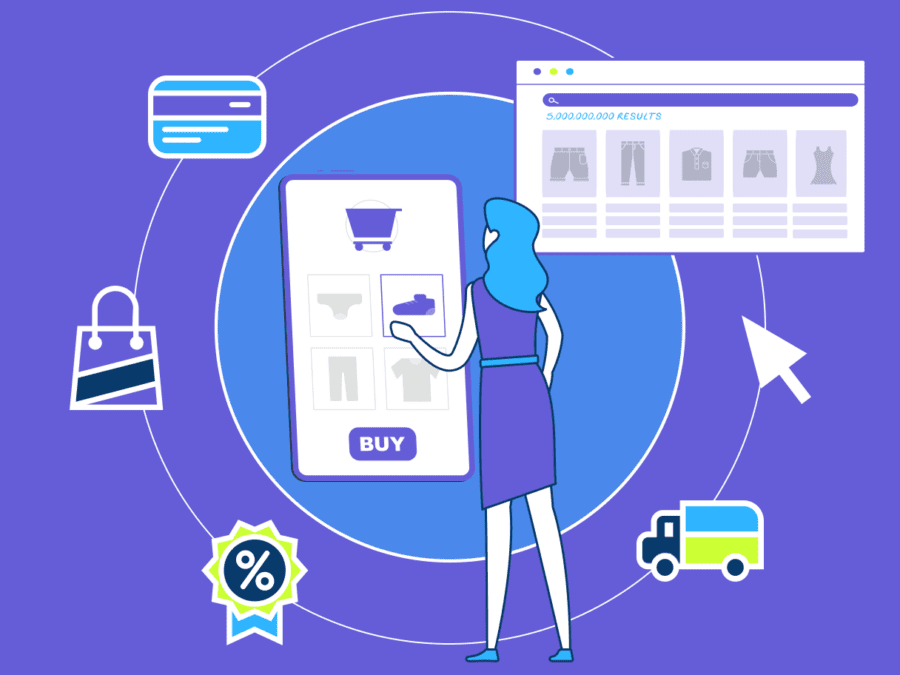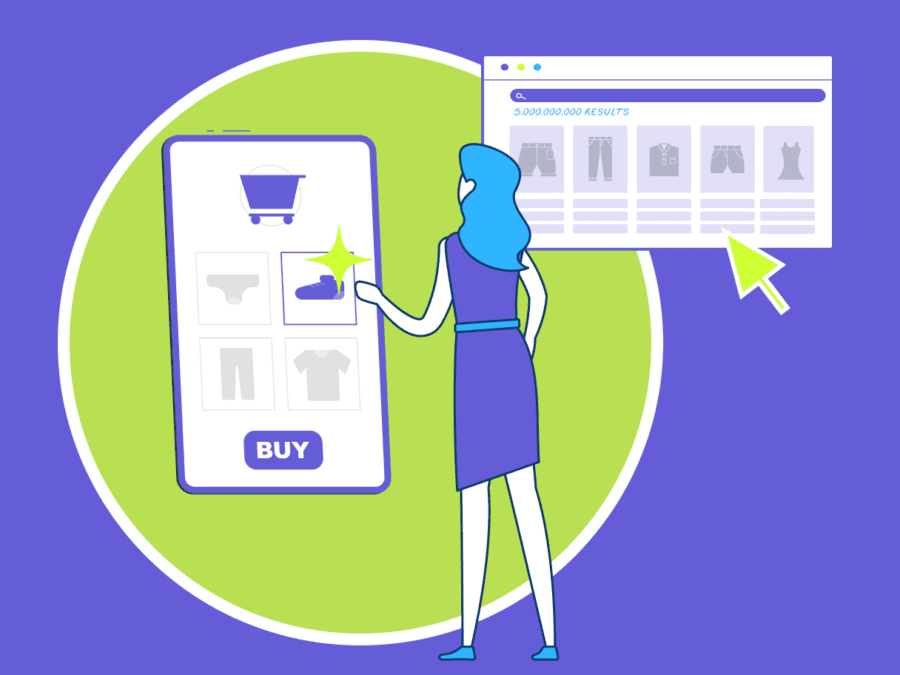Adthena’s US Account Management Director, Dori Dolan, recently caught up with JT Marek, SEM lead at PMG to discuss their work with Adthena for one of their top retail accounts. PMG is a global independent marketing services and technology company that seeks to inspire people and brands that anything is possible. Driven by shared success, PMG brings together business strategy and transformation, creative, media, and insights, all powered by its proprietary marketing intelligence platform, Alli. PMG leverages Adthena’s PPC brand protection capabilities to safeguard its clients’ brands and maximize ROI.
Dori: Can you explain how PMG uses Adthena with their clients?
JT: We work with Adthena and our customers on competitive insights, PPC brand protection, ad hijacking, and price competitiveness. Price competitiveness is crucial with retailers and always top of mind with a lot of our brands. It gives us an overall view of the industry and how our products stack up.
Dori: What does your team provide your retail customers?
JT: We typically analyze the competitive landscape for our brand’s products, examining pricing strategies and marketing tactics. During our monthly meetings, we present a narrative of the month’s performance, highlighting differences in performance and specific insights related to price competitiveness. While this doesn’t always result in price changes, it enables us to leverage these insights to adjust our strategies and drive demand based on our product’s relative pricing.
Dori: Where did you typically source this kind of information before Adthena?
JT: The challenge for extracting this specific type of data is how tools consolidate such comprehensive insights. Adthena enables our team to create actionable recommendations and tangible ad examples to prepare for the holiday season.
Dori: Black Friday is here, how is Adthena helping you?
JT: During the holiday season, competitive pressure is a significant factor that we consistently discuss, both internally at PMG and with our customers. As we work on forecasting and developing messaging strategies, Adthena helps us streamline processes. This year, we’re able to provide our customers with deeper insights on last year’s Black Friday ads, thanks to Adthena’s automation of manual tasks.
Dori: How have your clients viewed Adthena during peak?
JT: It is a major value add that we’re proactively monitoring the competitive landscape. With access to valuable insights and visibility into competitor activities, we can effectively prepare for the holiday season, including forecasting CPCs. This confidence in our understanding of the competitive landscape positions us well as we approach the holiday season.
Dori: Can you walk me through the issue with ad hijackers a bit further?
JT: We did have an ad hijacking issue that we went through recently. We saw an ad that took place around the end of September that looks exactly like one of our ads. They had all of our ad copy and headlines, but the site links were not approved by the brand. The landing page did not have any tracking appended to it. After this was brought to the customer, they uncovered this was an ad hijacker who was in their affiliate partner program and they misappropriated roughly 100,000 clicks.
Dori: 100,000 stolen clicks is a shocking number. How did this have an impact on your team outside of revenue?
JT: It is pretty huge. Ultimately, our customer receives the revenue, but it’s not correctly attributed to paid search. Given the value of this channel, ad hijacking significantly impacts our efforts. To mitigate future occurrences, we’ve implemented alerts through Adthena to be immediately notified of any potential hijacking attempts
Q: Is it just in standard text ads that you’re finding a hijacking or? Have you found any examples in Google shopping
JT: The ad hijacker responsible for the 100,000 clicks appeared exclusively in mobile searches. We haven’t identified any desktop-related ad hijacking. However, during our live searches, a significant proportion (approximately one in two or three) of the hijacked ads were appearing on mobile devices. This suggests a strong focus on mobile search. It’s possible that the lack of extensions on mobile devices, which could reveal URL redirects, contributes to the effectiveness of these malicious attacks. While we haven’t confirmed any specific shopping-related ad hijacking incidents, it remains a potential concern.
Dori: What’s your current balance between P Max and Broad Match right now?
JT: We’re currently using broad match for non-brand keywords. While we’ve extensively tested broad match for brand terms, we’ve found it captures many irrelevant queries and leads to poor user experiences. For example, searches for “women’s sneakers” might lead to ads for men’s shirts. While broad match can be effective in certain contexts, it’s not our primary strategy. In general, we prioritize shopping campaigns over broad match campaigns.
Dori: How are these alerts set up for future hijacks?
JT: Adthena’s Ad Hijacking Detection tool identifies instances of ad hijacking. To effectively analyze these instances, we’ve been working to decode underlying data and identify discrepancies in tracking parameters within final URLs. This involves a careful examination of URL strings to detect affiliate parameters.
Dori: What data points do you currently use to optimize your shopping feed?
JT: Recently, we’ve been testing darker background images to assess their impact on performance. Stakeholders have emphasized the importance of creative alignment. We’re rigorously testing various combinations of background images, headlines, and descriptions to optimize performance.
Q: What balance of your budget goes into P max versus your other assets within search?
JT: Budget allocation varies based on specific opportunities. Generally, we distribute budget fairly evenly between brand and non-brand text campaigns and Performance Max. However, Performance Max often receives a larger share of incremental funds due to its potential for strong upper-funnel performance.
Dori: This client has so much competition from many top retailers. How do you think about competition and where to drive traffic?
JT: Our focus is on price competitiveness. We’re working to strike a balance between visibility and competitiveness, ensuring our ads are relevant and appropriately priced, especially in relation to wholesalers. Ultimately, our goal is to demonstrate the value of paid search for our brand and maximize performance and revenue
Want to learn how to optimize your retail PPC campaigns?
Navigating the complexities of retail PPC requires a nuanced approach. For retail marketers, the insights shared provide actionable steps to optimize your campaigns. By embracing AI advancements, leveraging data for smarter decision-making, and adapting to market shifts, you can significantly enhance your PPC brand protection strategy.
To learn more about your specific challenges, request a personalized demo today.




